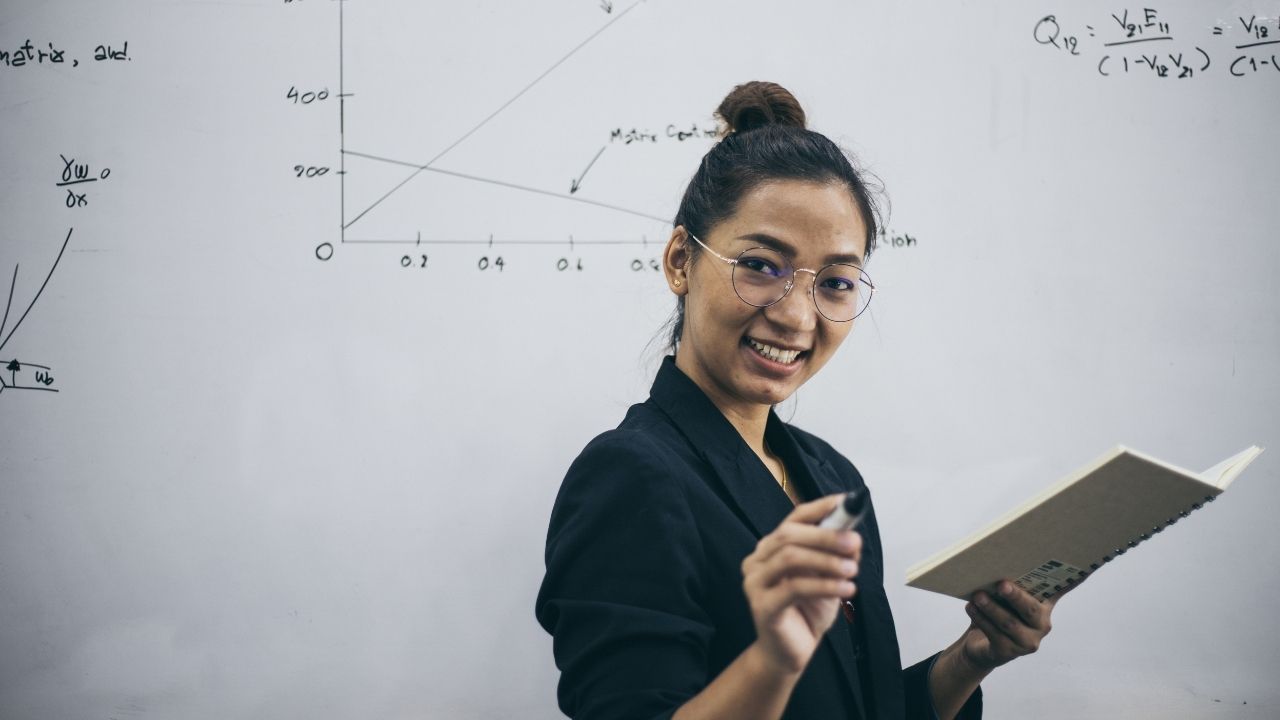
As educators, we understand the unique needs and challenges that come with teaching gifted students. These students possess exceptional intellectual abilities and often require specialized instruction to unlock their full potential. In this comprehensive article, we will explore various strategies that can be implemented to effectively teach gifted students and ensure their academic and personal growth.
Embracing Differentiated Instruction
One of the cornerstone strategies for teaching gifted students is differentiated instruction. This approach acknowledges that each student learns at their own pace and has unique strengths, interests, and learning preferences. By adapting our teaching methods to cater to these individual differences, we can create a more engaging and enriching learning environment for our gifted students.
Differentiated instruction may involve providing more advanced or in-depth content, offering flexible assignments and assessments, or allowing students to explore topics in greater depth based on their interests. This personalized approach helps gifted students stay challenged and motivated, preventing them from becoming bored or disengaged.
Implementing Acceleration Strategies
Acceleration strategies are another essential tool for supporting the academic growth of gifted students. These strategies involve allowing students to move through the curriculum at a faster pace, whether it's by skipping grades, taking advanced coursework, or engaging in early entry programs.
By providing gifted students with the opportunity to accelerate their learning, we can ensure that they are continuously challenged and able to reach their full potential. This may involve compacting the curriculum, offering advanced classes, or providing opportunities for independent study or mentorship programs.
Fostering Individualized Learning
In addition to differentiated instruction and acceleration strategies, we must also focus on individualized learning for gifted students. This approach recognizes that each student has unique learning styles, interests, and strengths, and tailors the educational experience accordingly.
Individualized learning may involve creating personalized learning plans, providing one-on-one support or mentorship, or allowing students to design their own projects and learning pathways. By empowering gifted students to take an active role in their own education, we can cultivate a deep sense of ownership and investment in their academic journey.
Incorporating Enrichment Activities
Enrichment activities are another powerful strategy for engaging and challenging gifted students. These activities go beyond the standard curriculum, providing opportunities for students to explore their interests, develop new skills, and engage in hands-on, creative learning experiences.
Enrichment activities may include extracurricular clubs, specialized workshops, field trips, or opportunities to participate in academic competitions or research projects. By offering these enrichment opportunities, we can nurture the diverse talents and passions of our gifted students, fostering their intellectual and personal growth.
Developing a Challenging Curriculum
Finally, it is essential to provide gifted students with a challenging curriculum that pushes them to grow and excel. This may involve incorporating advanced content, complex problem-solving tasks, or opportunities for interdisciplinary learning.
By designing a curriculum that challenges gifted students, we can help them develop critical thinking, problem-solving, and creative skills that will serve them well throughout their academic and professional careers. This approach also helps prevent gifted students from becoming bored or disengaged in the classroom.
Conclusion
Educating gifted students requires a multifaceted approach that addresses their unique needs and fosters their exceptional abilities. By incorporating strategies such as differentiated instruction, acceleration, individualized learning, enrichment activities, and a challenging curriculum, we can create an educational environment that empowers gifted students to reach their full potential.
As educators, it is our responsibility to ensure that every student, including those with exceptional talents and abilities, receives the support and resources they need to thrive. By embracing these strategies for teaching gifted students, we can unlock their boundless potential and prepare them for a future filled with success and personal fulfillment.
 Careers in EducationElementary EducationHigh School EducationEducational TechnologyTeaching StrategiesSpecial EducationPrivacy PolicyTerms And Conditions
Careers in EducationElementary EducationHigh School EducationEducational TechnologyTeaching StrategiesSpecial EducationPrivacy PolicyTerms And Conditions
